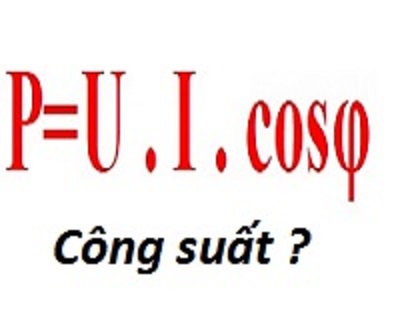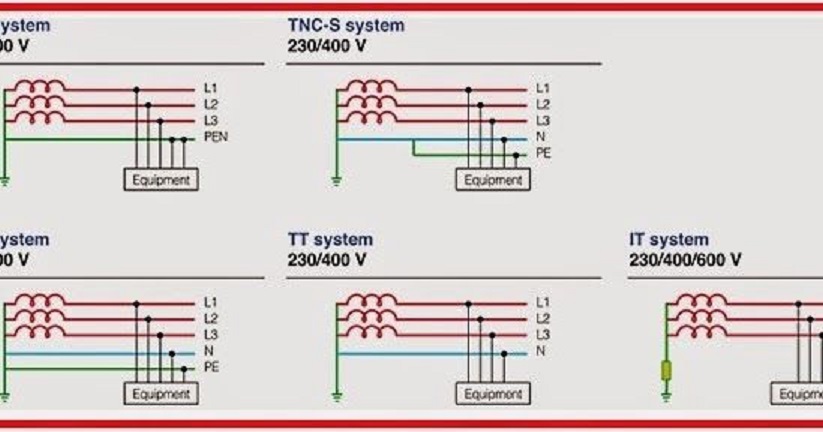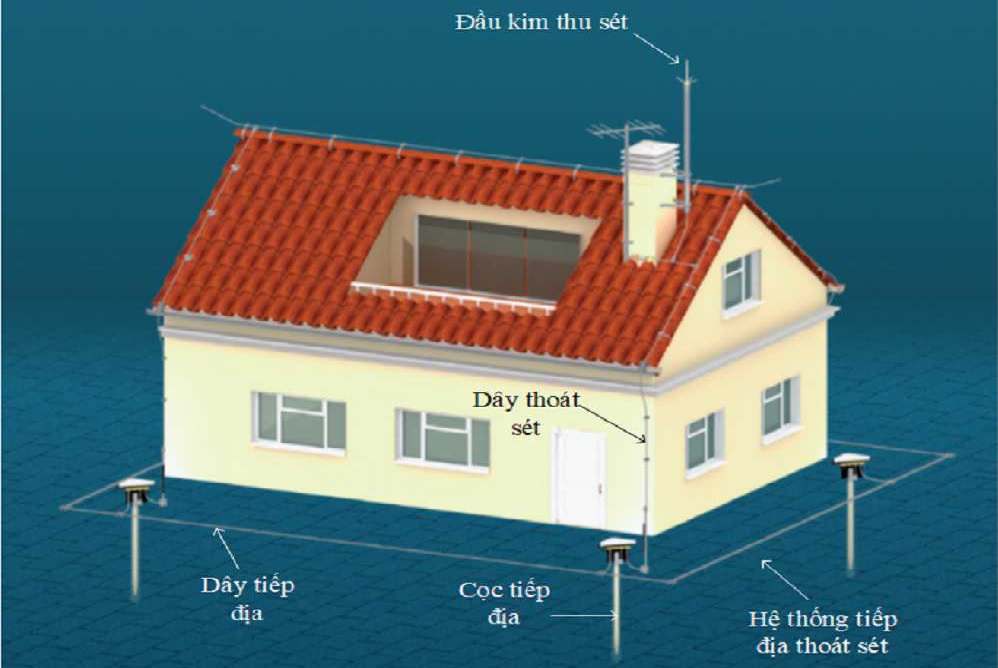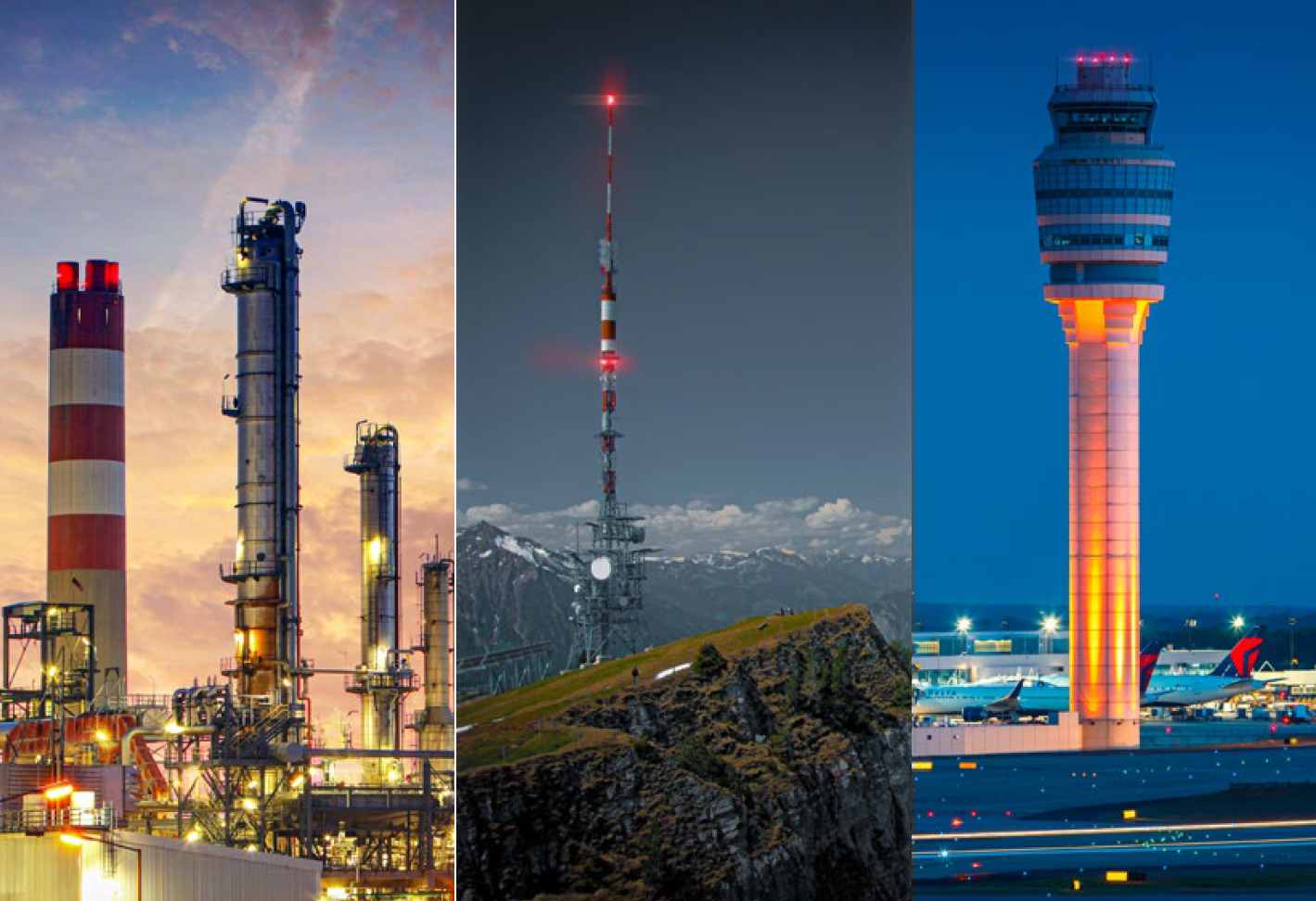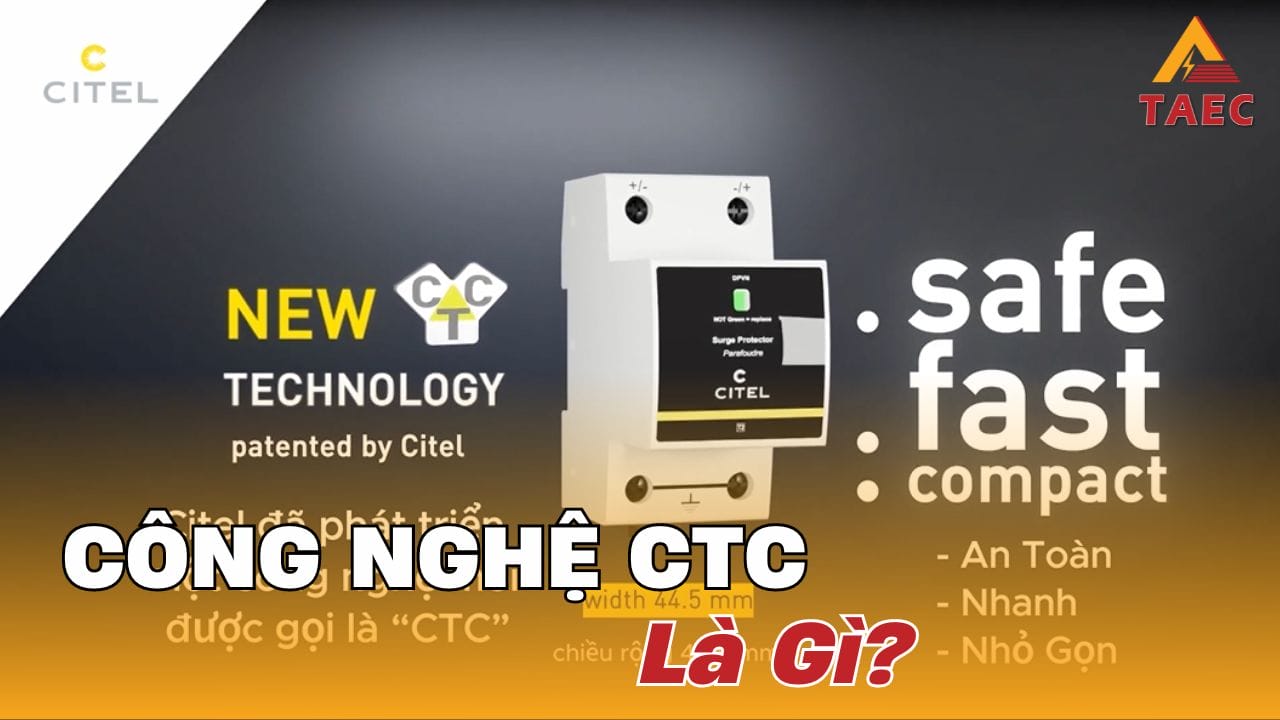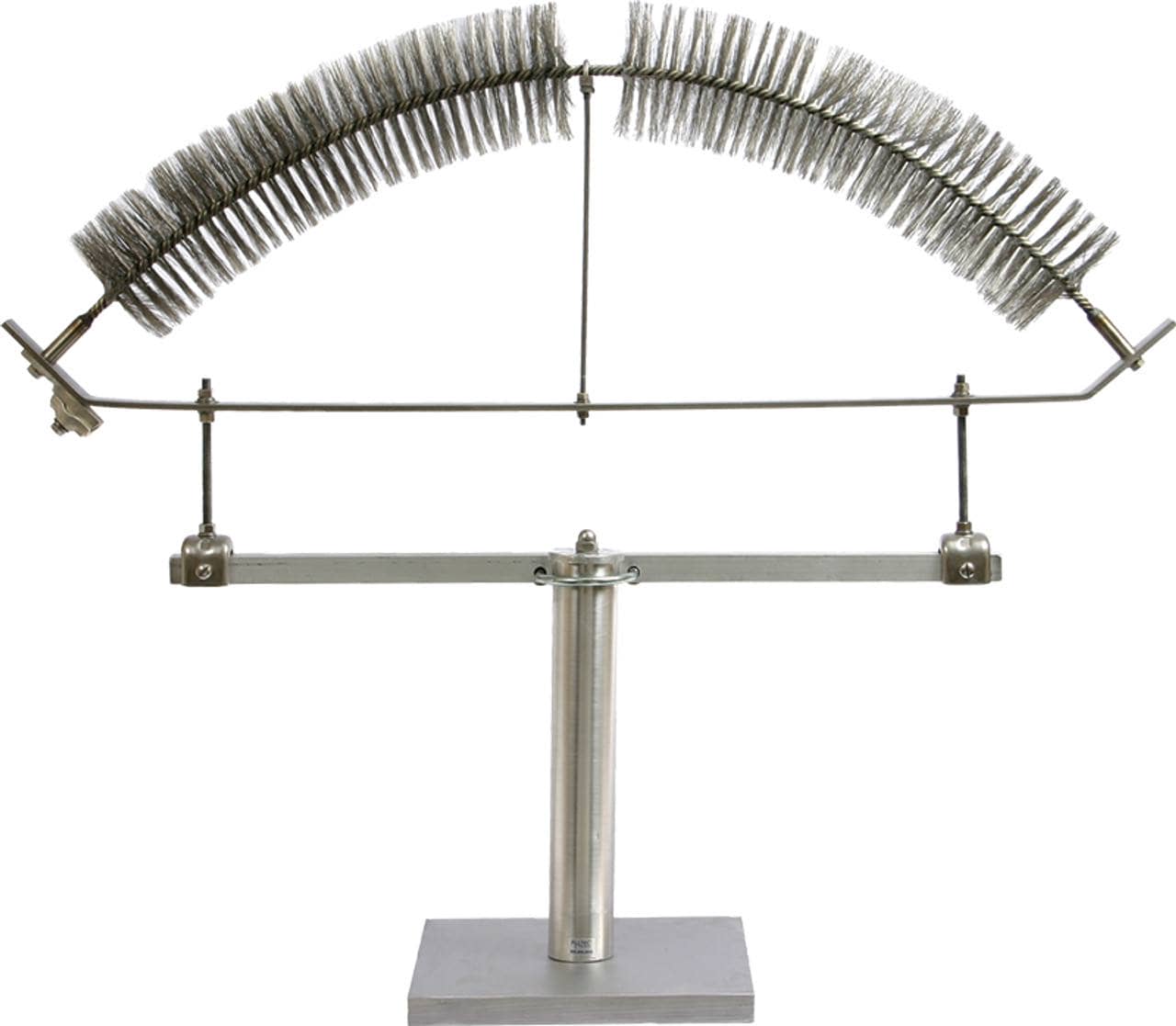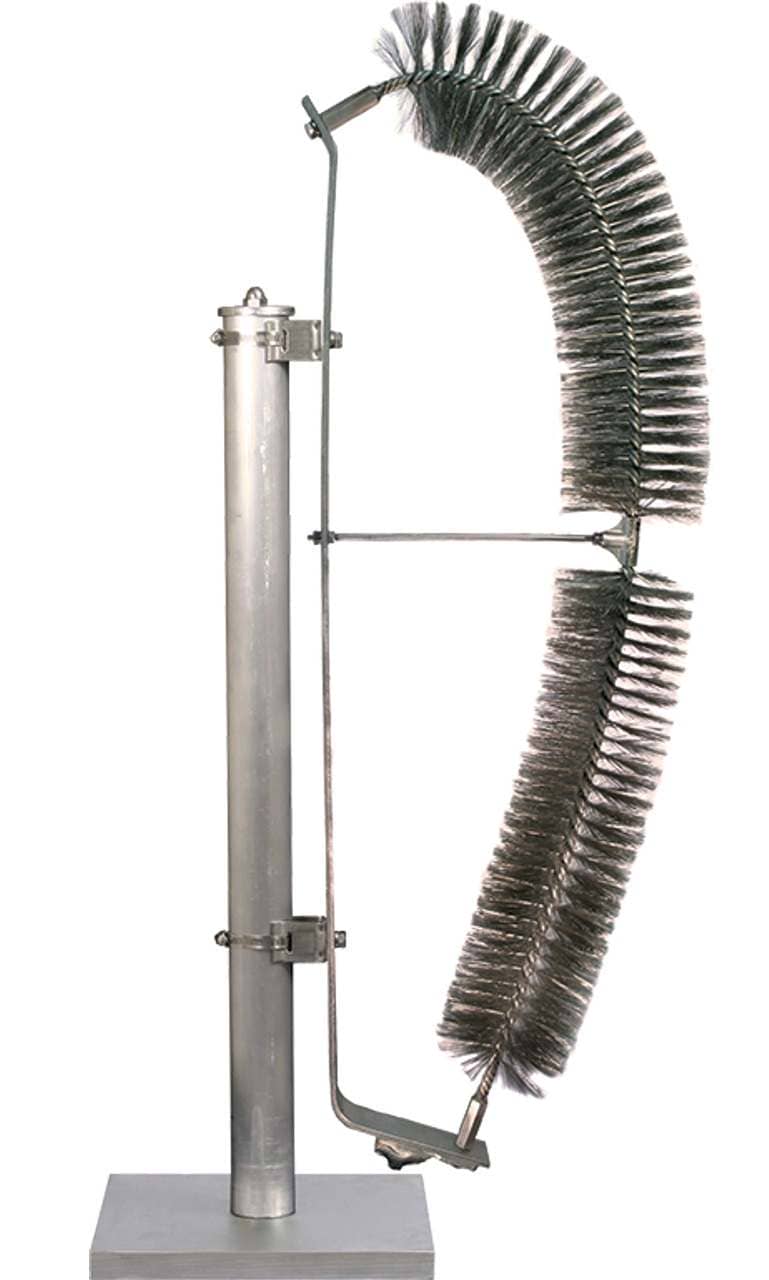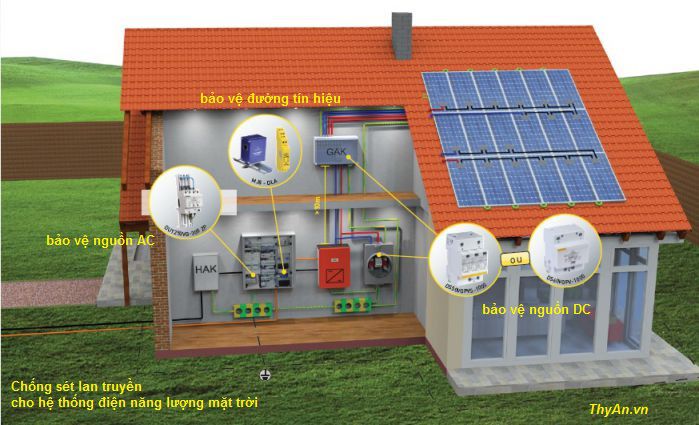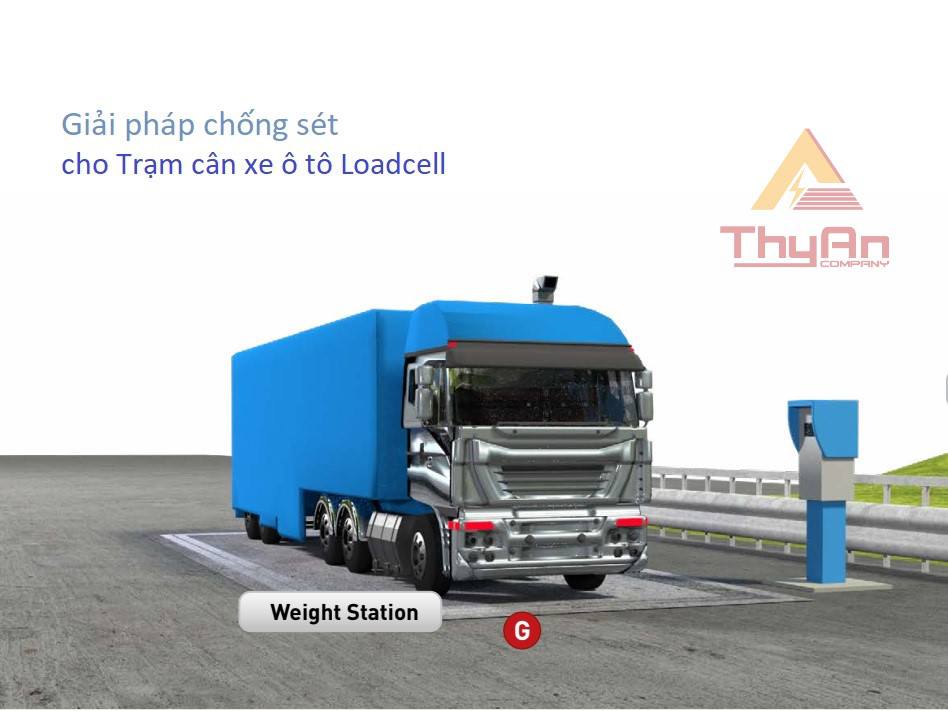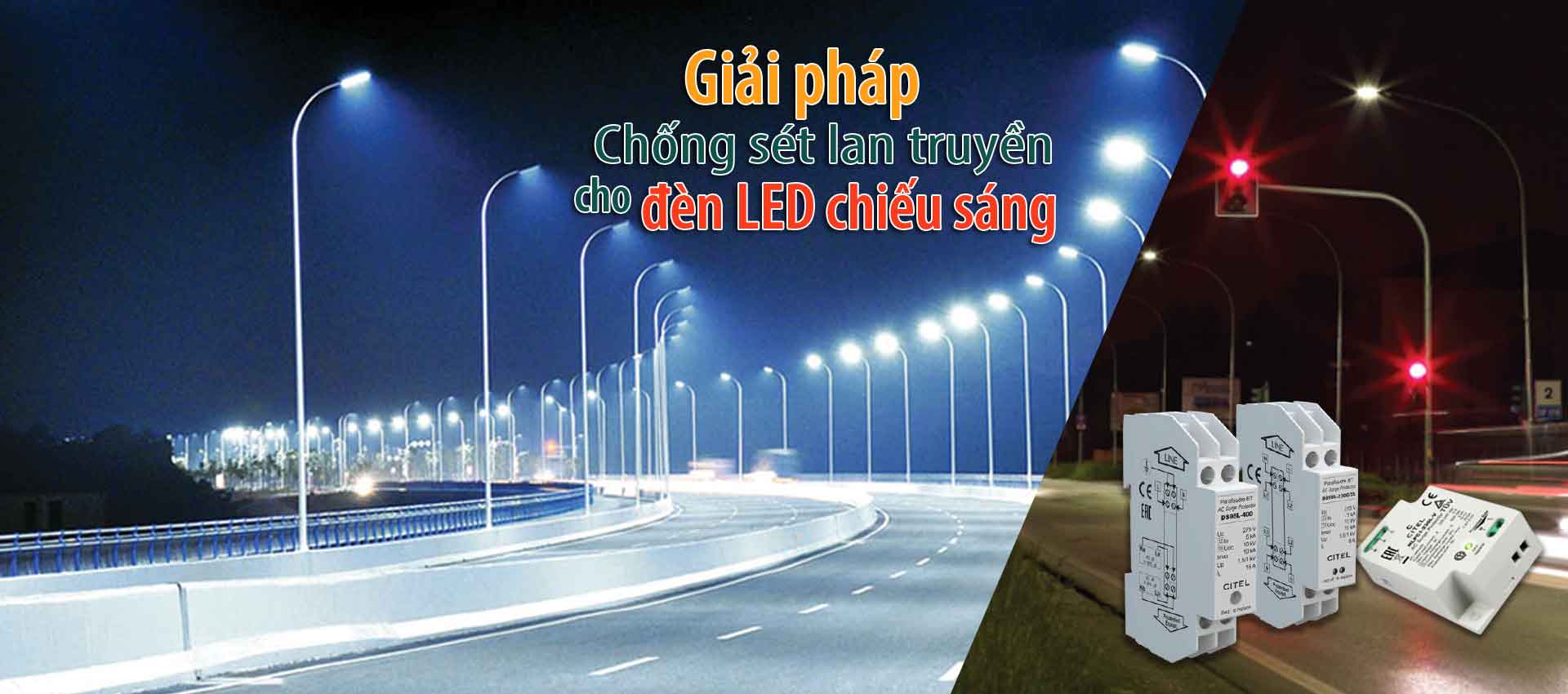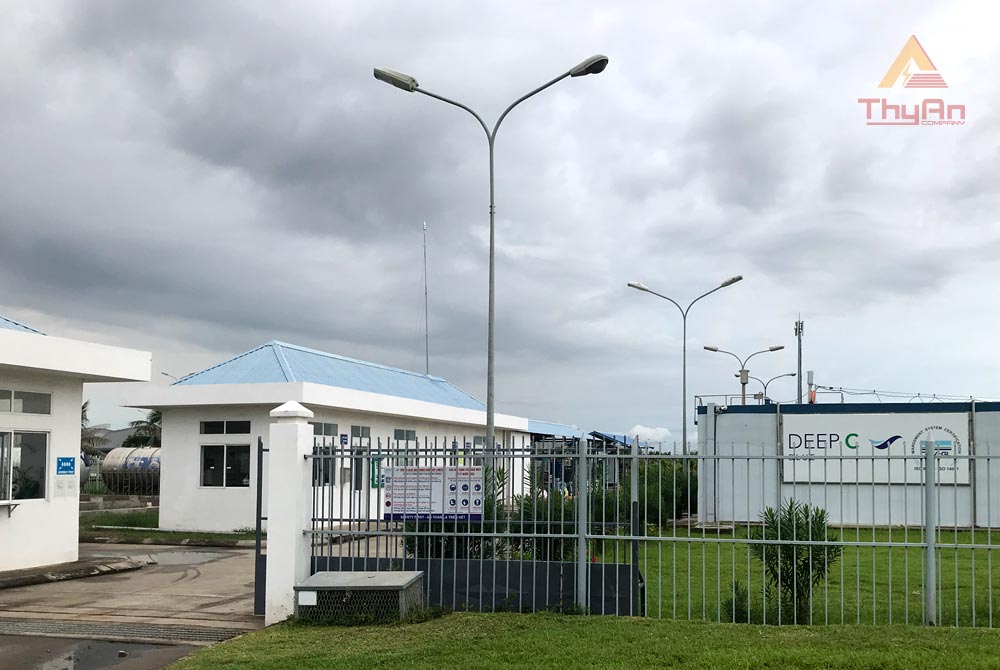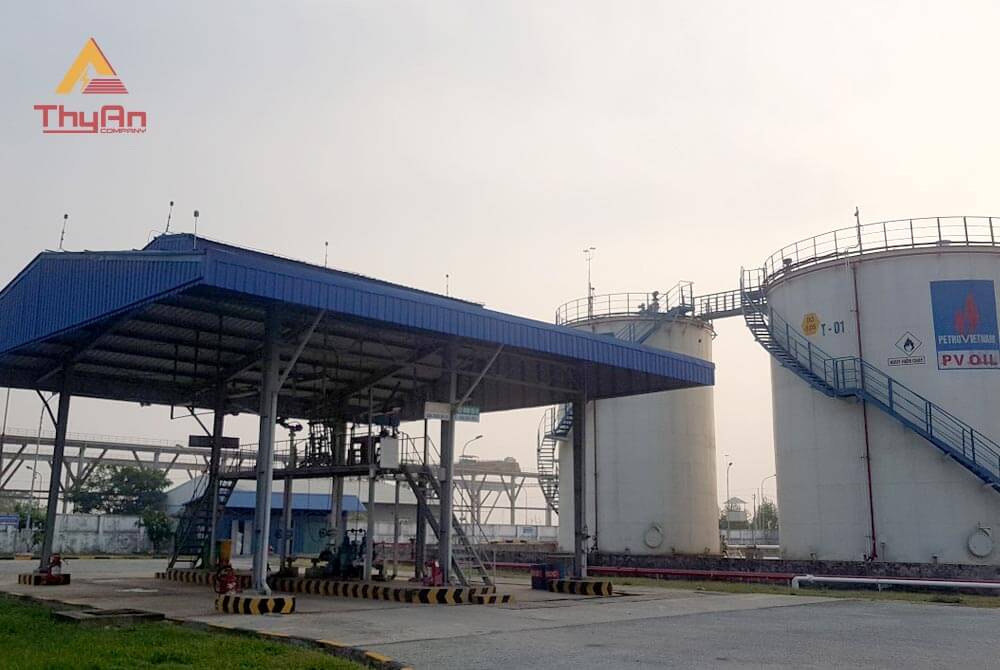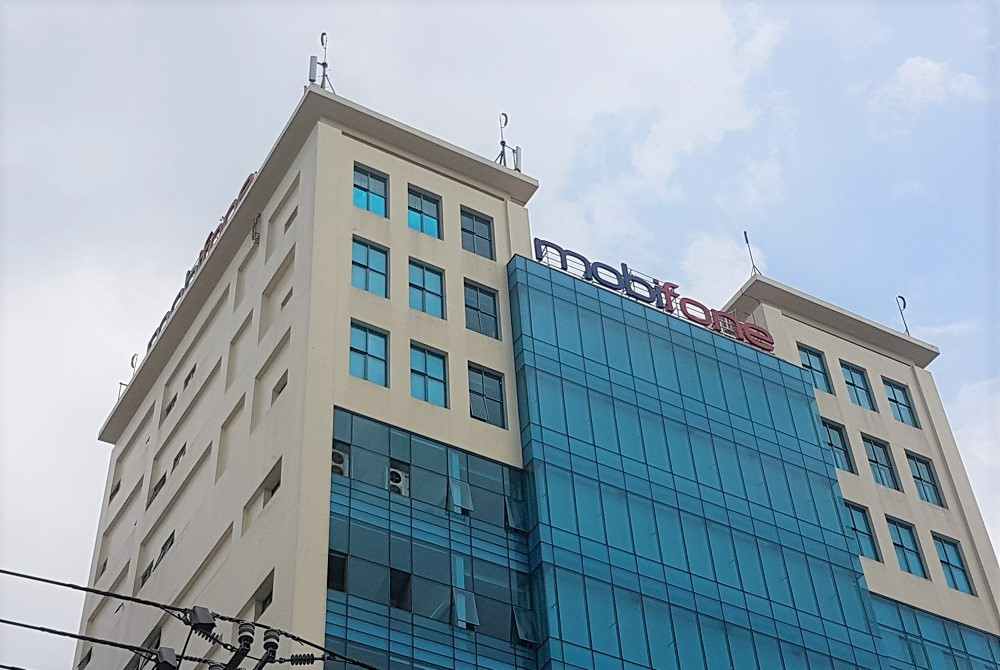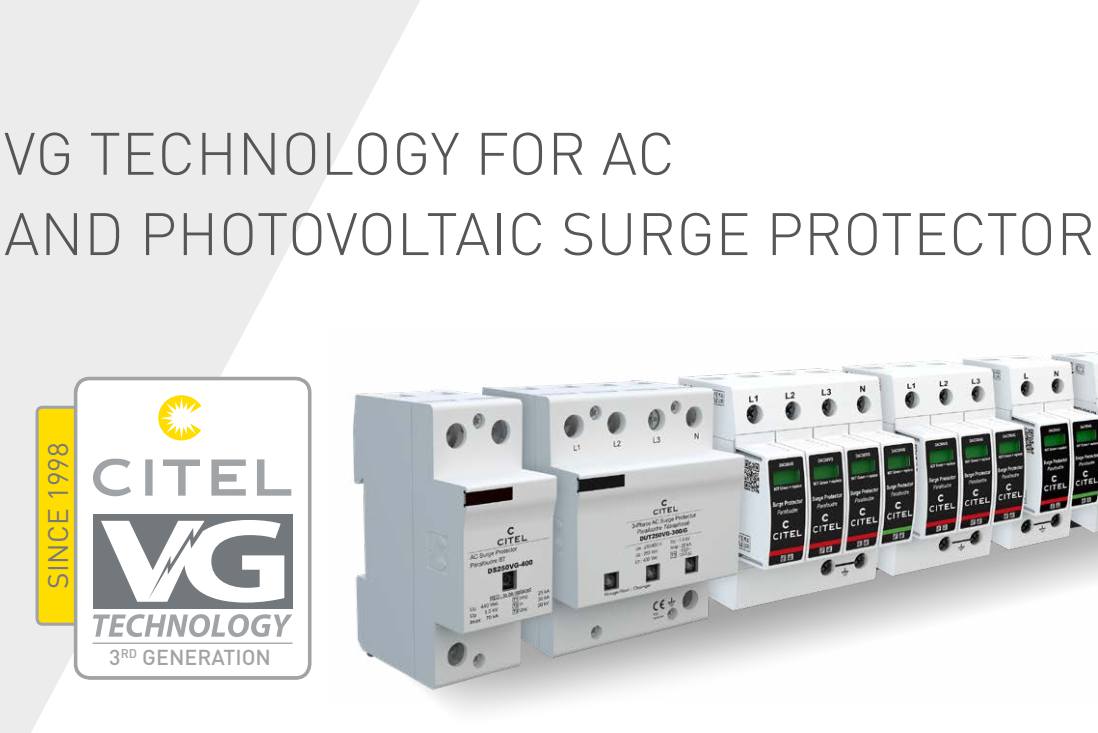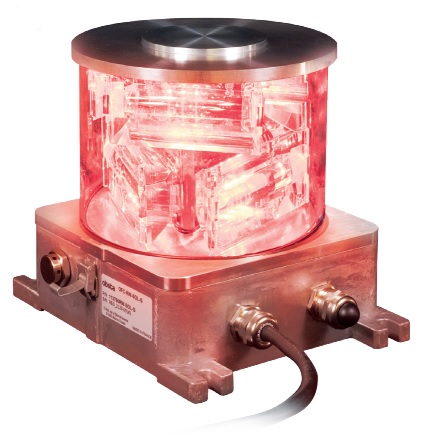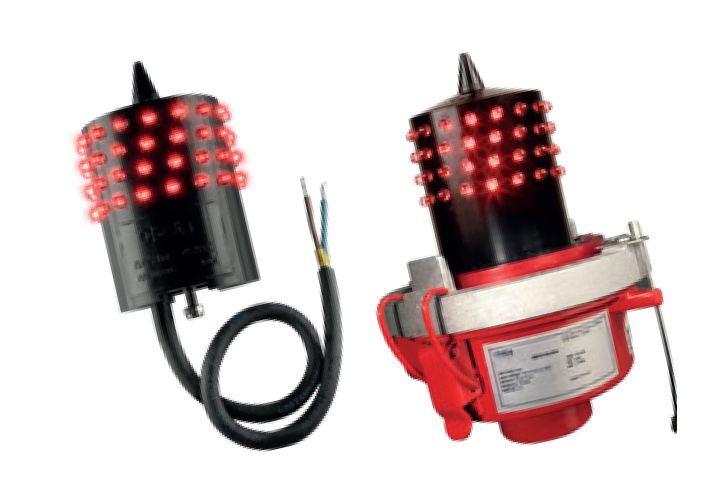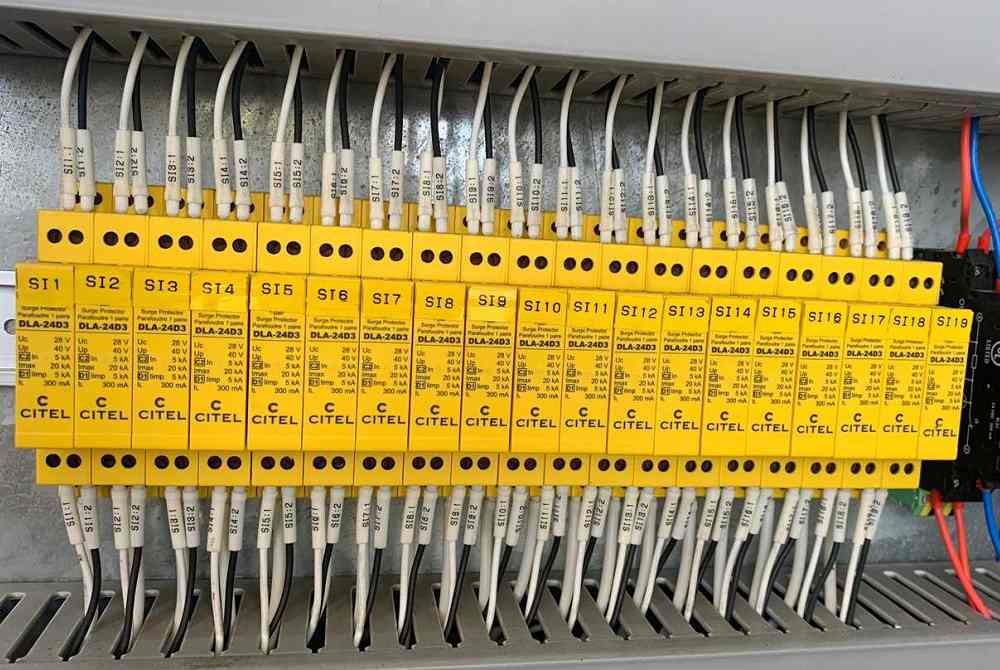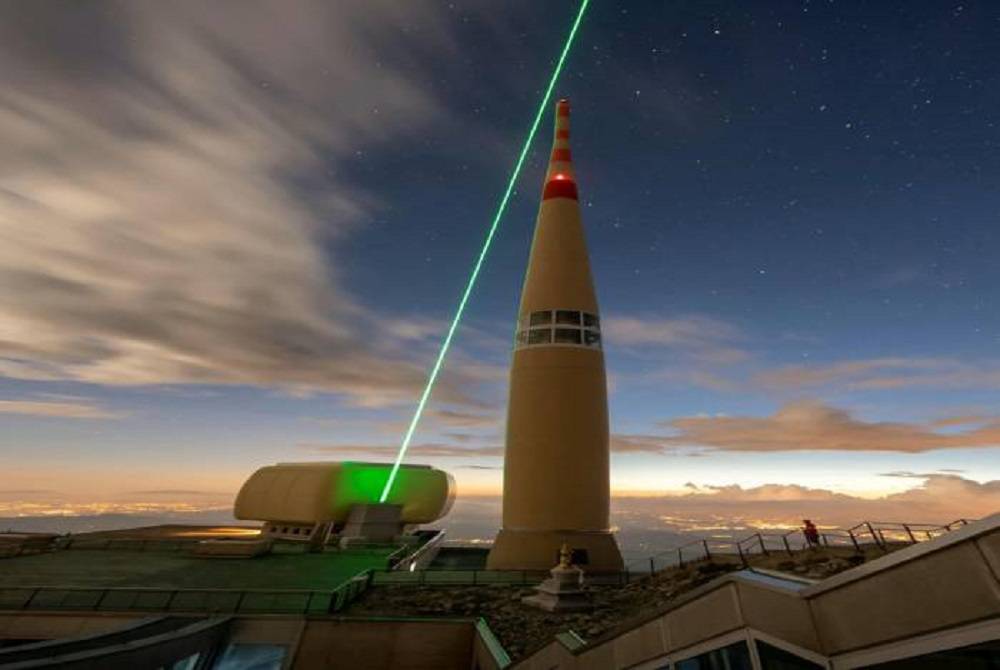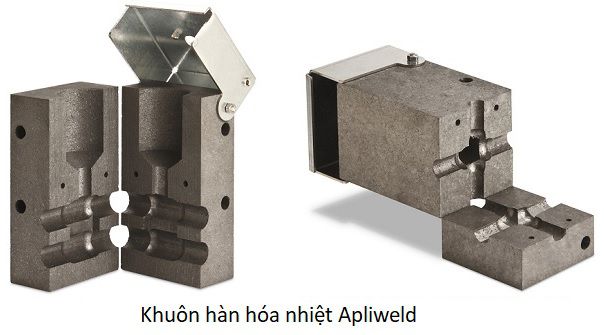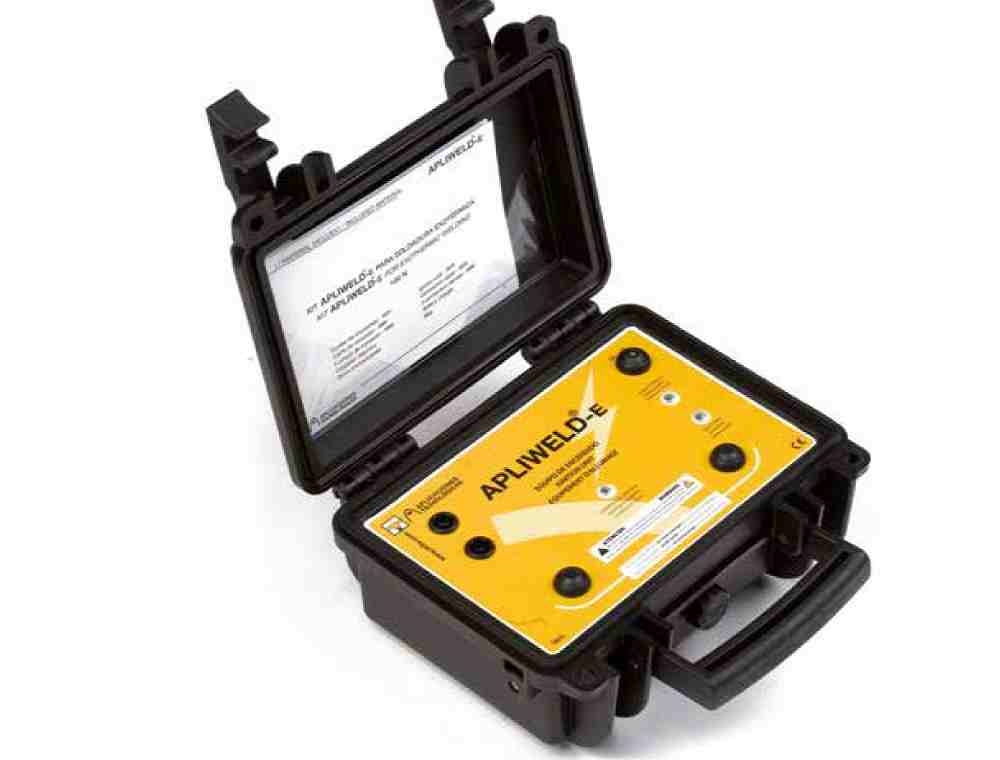Point Discharge Theory
Charge Dissipation
Mission-critical systems, subjected to even properly terminated lightning strikes, suffer unacceptable damages from secondary and electro-magnetic effects. The advancement of electronic technology over the past several decades demands a constant innovation in lightning protection technology as well.
Alltec Corporation takes pride in the continual development and improvement of our TerraStat® line of charge dissipation/charge redistribution products.
The old-fashioned lightning rod system may no longer offer adequate protection to the microprocessor-controlled world in which we now live.
Today’s technology requires more than just managing the lightning strike by directing it to earth. It is now imperative to do whatever is necessary to mitigate the chances of a direct lightning strike to critical facilities. Alltec’s TerraStat® product line offers the advanced technology required to protect your sensitive equipment.
There are many adjectives used to characterize this advanced technology, but “Charge Dissipation” or “Charge Redistribution” most accurately describes the technology. To understand how TerraStat® products work, one must first develop an understanding of the basic processes involved in a thunderstorm and the development of a lightning strike.
As a thunderstorm builds (H1), a breakdown point is reached and the cloud begins sending down charges called stepped leaders through ionized paths in the atmosphere.
Multiple stepped leaders begin propagating towards the ground in three dimensions looking for the highest accumulation of ground charge in the area (H2).
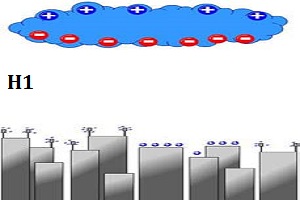
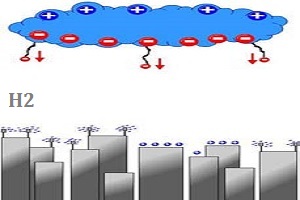
These charges move in steps of approximately 50 meters, stop and look for the best potential, then move again. These steps and redirections are what gives lightning its jagged appearance.
Once these stepped leaders reach within about 10 to 150 meters of the earth, objects on the surface where the opposite ground charge has accumulated begin to form upward streamers.
The energy from the stepped leaders is actually pulling the charge off objects on the earth’s surface in the form of the upward streamers (H3).
At this point, the object on the ground that provides the highest concentration of charges and the best formed streamer, becomes the most likely target for the nearest stepped leader, and completes the path of the lightning strike.
Once this occurs, charge from other stepped leaders originating from the same source recede and dump their energy through the established neutralization path (H4).
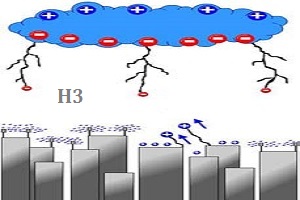
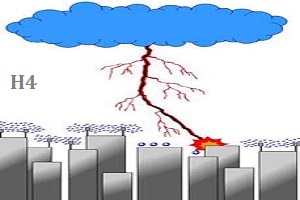
Point Discharge Theory
Charge Dissipation, or “Charge Redistribution” Technology uses the principle of point discharge theory to facilitate the dissipation, or the reduction, of a buildup of static electrical charges.
This technology has primarily been applied to the electronics and manufacturing industries to control the buildup of static charges that can interfere with or damage sensitive electronic components, and it has been widely accepted and used with great success.
The sole purpose of static dissipation products is to reduce the accumulation of electrical charges and thereby prevent an electrical arc or an electrical current flow that can cause damage.
This same technology has been successfully applied to the lightning protection industry by developing a product line that can be mounted on structures to reduce the accumulation of ground charge. This is accomplished by ionizing surrounding air and neutralizing accumulated charges on the earth’s surface, including the grounding system.
When a pointed, grounded conductor is placed in a high electric field (such as on a structure located in a thunderstorm) voltage effects at the point are increased greatly.
Electrons from atmospheric atoms and molecules are stripped away and flow to ground through the grounded conductor, leaving behind positive atmospheric ions around the point. This process is commonly referred to as the “corona” effect.
This corona process begins long before charge accumulation reaches a critical level when step leaders begin forming in a storm cloud. The result is an accumulation of ions around the point.
Since like charges repel from each other, this accumulation of ions disperse (or dissipate) in all directions away from the point. Electrons left behind from this dissipation of ions flow to ground and neutralize the positive charges accumulated on the ground and on the structure.
This is an on going process as the thunderstorm builds and passes over a facility.
Corona/Charge Redistribution
A single point, such as on a lightning rod, or as occurs on a corner of a tower or structure, will reach a point of saturation to the extent that it cannot disperse charge at a fast enough rate to keep up with the charge accumulation.
These areas then become the points where streamers will form, thereby attracting a lightning strike to themselves.
When the process is magnified with the addition of thousands of points in a charge dissipation terminal, the dissipation of ions is magnified many times over that of a single sharp point.
The resulting effect is that the ground charges which develop streamers attracting a lightning strike, no longer have sufficient electrical energy supporting them to initiate this process. Without the formation of an upward streamer, the downward stepped leaders will look for a better target.
ALLTEC Corporation has a full array of TerraStat models (Lightning Dissipation Terminals)to protect all types of structures or facilities. Our experienced design staff is ready to assist you with technical support in choosing the correct models for your specific application.
We also offer site survey and design services to review an entire facility, and can assist you with providing system designs for a complete physical plant or a campus type environment.



